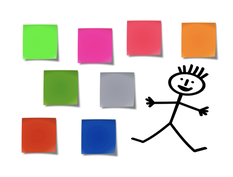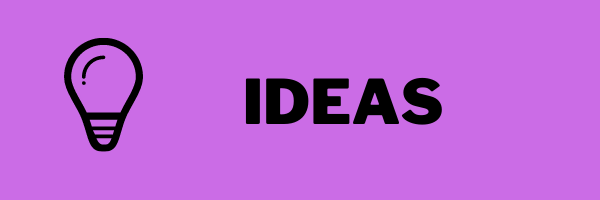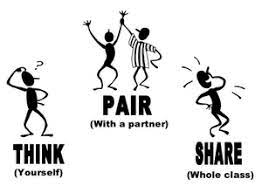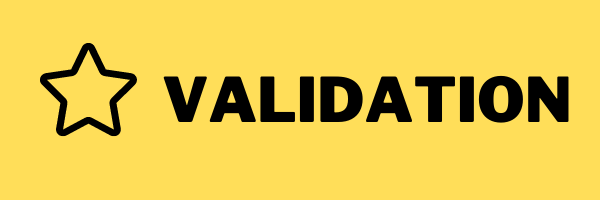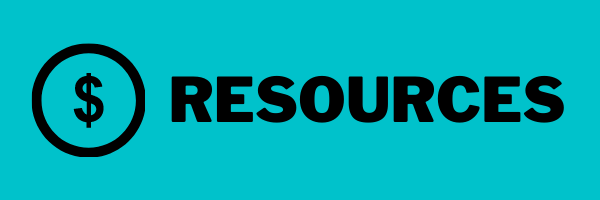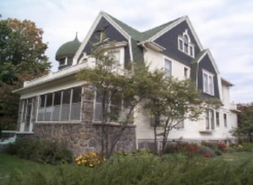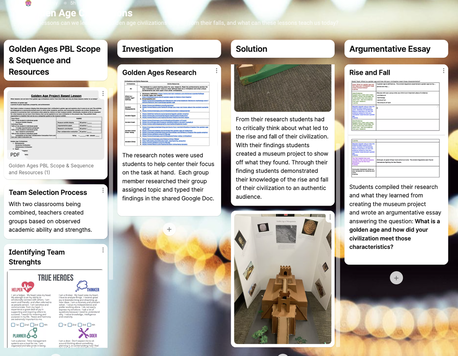Golden Ages
By: Rob Hamly
By: Rob Hamly
Project at a Glance :
This project introduces students to the concept of a “golden age” in the history of civilizations around the world—a time when a civilization flourished and there was peace, prosperity, and achievement. Working in teams, students choose a particular civilization, such as Ancient Mesopotamia, Egypt, India (Indus Valley Civilization and the Gupta Empire in India), China, Greece, Rome; the Maya, Inca, and Aztecs; and 8th–14th-century Islam. Students conduct research on their civilization’s golden age and why it declined or ended, then they communicate their learning to the public through a museum exhibit.
Driving Question:
What lessons can we learn from golden age civilizations and/or from their falls, and what can these lessons teach us today?
|
Standards:
Entry Event:
|
Stakeholders:
|
Incubation:
|
|
Solution Building:
|
Authentic Audience:
|
Click here for teacher's full plan.
Reflection and Feedback:
|
Click here for the teacher's Journey through PBL on Padlet . . .
|
Meet the Educator:
Rob Hamly teaches middle school Social Studies at Jension Public Schools. "I love the real world applicability for students that comes from a PBL unit. It gives them the opportunity to work as a team and explore new creativities and strengths outside of the standard curriculum. Seeing students' different strengths and abilities show themselves during the process of the PBL unit is fun for an educator to observe and be part of." |

